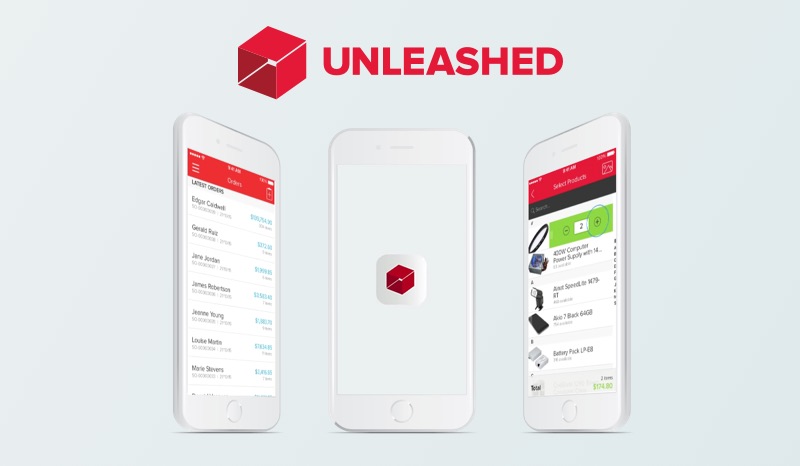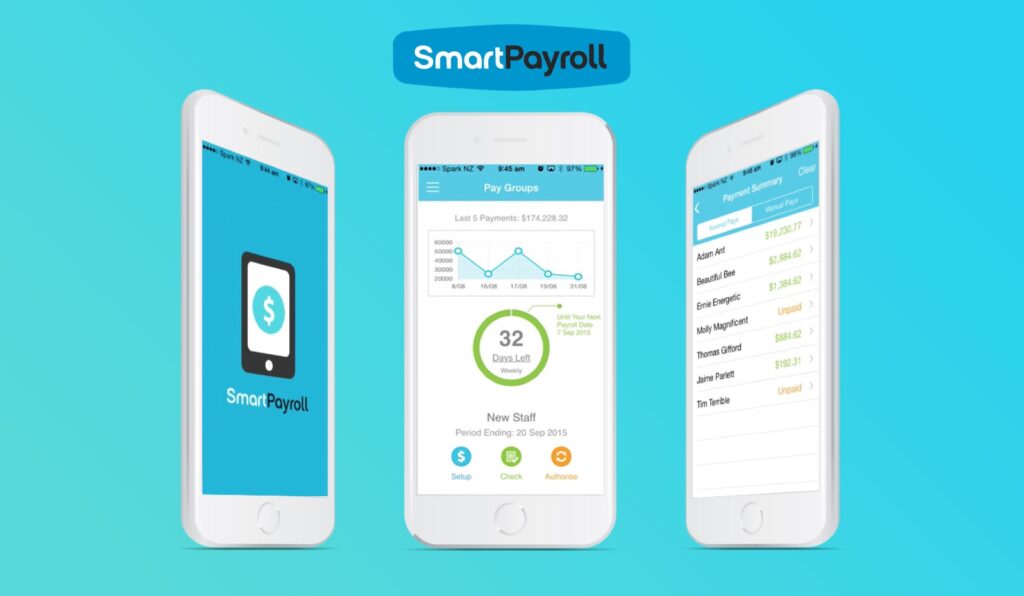Keeping track of your inventory, the time it takes to sell and the profit made on each product is essential if you want to manage your business effectively.
What counts as inventory?
Inventory is anything you buy to on-sell, including fully-completed items to sell in your store, products that you install in people’s homes or businesses or materials used to manufacture products.
Work equipment, tools or anything else used in your business don’t count. If you have a drop-shipping business where third-party suppliers ship direct to your customers, you don’t have inventory either.
Accounting for inventory
Tracking the movement and value of your inventory is essential for pricing, insurance, accurate tax returns and selling your business.
Good inventory tracking can also help you:
- Manage stock levels – order more popular items and fewer slow-moving products
- Identify profitable items and true margins
- Find bulk discounts on popular items
- Boost marketing by identifying sales trends It all adds up to less waste and better cash flow – which means more money for business-building activities.
Start accounting for inventory now
To manage your inventory effectively, you need to track how much you have, how much it costs and how much you’re selling it for. You also need to factor in discounts, transport and storage costs, damage and write-offs. It can get pretty complex – so you might want to get help from people who have done it all before.
You’re probably already using inventory software. Some useful applications are Cin7 or Unleashed. Both of these have great features and are effective in managing inventory. So it comes down to your preference and what you are looking for in your inventory system. You can also track inventory in Xero but only if you have less than 4000 items, otherwise an app solution that integrates with Xero (like the above-mentioned apps) is what you need. If you’d like recommendations or to build a better understanding of your inventory, our accounting team are here to help.



